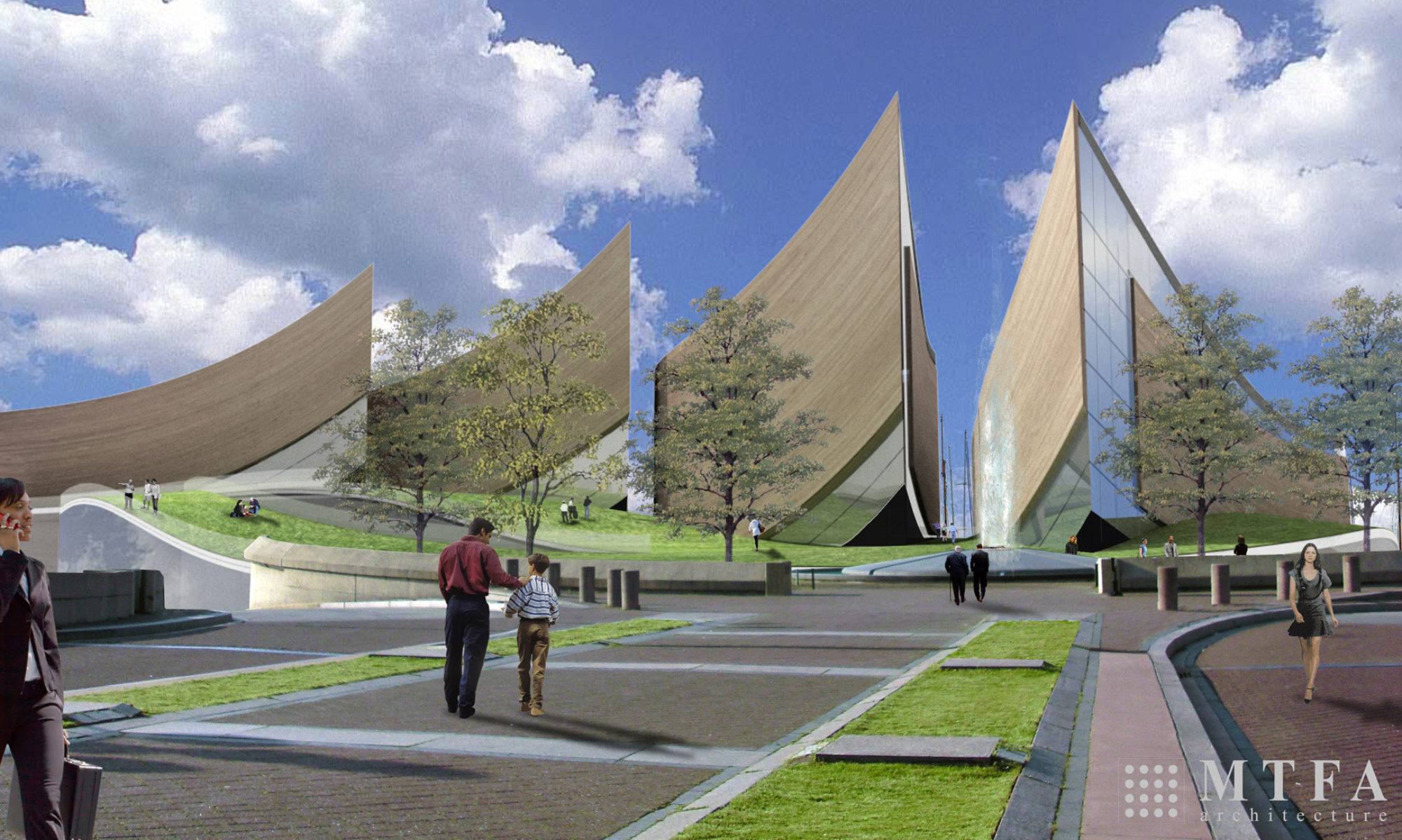
Why do we need the National Museum of the American People? There are many correct answers. This blog is the first of three answering that question. In a sense the National Museum of the American People was kick-started at our country’s birth when our founders began the Constitution with the three most powerful words in our nation: “We the People.” The “We” of 2018 has greatly expanded and has been enhanced since its first appearance in 1789. Today it incorporates the descendants of slaves, the natives who were here for millennia, and peoples of every gender, race, nationality, ethnicity and religion whose ancestors are here from every corner of Earth.
How did the United States get to be the world’s leader economically, scientifically, militarily, agriculturally and culturally? The answer, of course, is through the contributions of the American People in all our diversity. The making of the American People is the central story of our nation from first peoples through today. That idea is embedded in the nation’s original national motto bestowed by our founders: E Pluribus Unum … From Many, One!
Among our nation’s first orders of business was to find out more about “We the People.” The Constitution prescribed instituting a decennial census to see just how many were here and where they lived to determine how many representatives each state would have in the U.S. House of Representatives.
The Constitution then went on to expand the definition of who was incorporated into “We the People.” The 14th Amendment said that all persons born or naturalized in the United States are citizens of the United States. The 15th Amendment opened voting rights to persons of every race, color, or previous condition of servitude. The 19th Amendment said the right to vote can not be denied or abridged on account of sex. The 26th Amendment allowed citizens 18 years of age or older to vote.
This expansion of who “We the People” are coincided with the ever-growing status of our nation. There is no story-telling museum anywhere that tells this powerful story about the making of the American People in a chronological manner. Visitors will be able to walk along a path where they will encounter their own story, and learn about every other group’s story.
Both Canada and Mexico have museums telling about the history of their people starting with first peoples to inhabit their land. So do a number of other countries around the world. The United States, with the most compelling story of all, doesn’t yet have such a museum. The National Museum of the American People should be … and can be … the best story-telling museum in the world.
The story of our nation is unique. It attracted peoples from every corner of our planet. Our founders designed it so. John Jay declared that: “The portals of the temple we have raised to freedom shall be thrown wide, as an asylum to mankind. America shall receive to her bosom and comfort and cheer the oppressed, the miserable and the poor of every nation and of every clime.”
Patrick Henry declared, “Make [the United States] the home of the skillful, the industrious, the fortunate, the happy, as well as the asylum of the distressed …. Let but this, our celebrated goddess, Liberty, stretch forth her fair hand toward the people of the old world — tell them to come, and bid them welcome.”
The NMAP will tell the story of all of the groups who came and will celebrate each.
The National Museum of the American People is already the most important museum that doesn’t exist … yet. Once open, the museum will gain in importance as it tells our story to generation upon generation of our lofty ideals, for the opportunity for all to succeed that we must continually strive to achieve, about where we’ve fallen short, and about our nation’s great accomplishments.
This blog is about the proposed National Museum of the American People which is about the making of the American People. The blog will be reporting regularly on a host of NMAP topics, American ethnic group histories, related museums, scholarship centered on the museum’s focus, relevant census and other demographic data, and pertinent political issues. The museum is a work in progress and we welcome thoughtful suggestions.
— Sam Eskenazi, Director, Coalition for the National Museum of the American People
